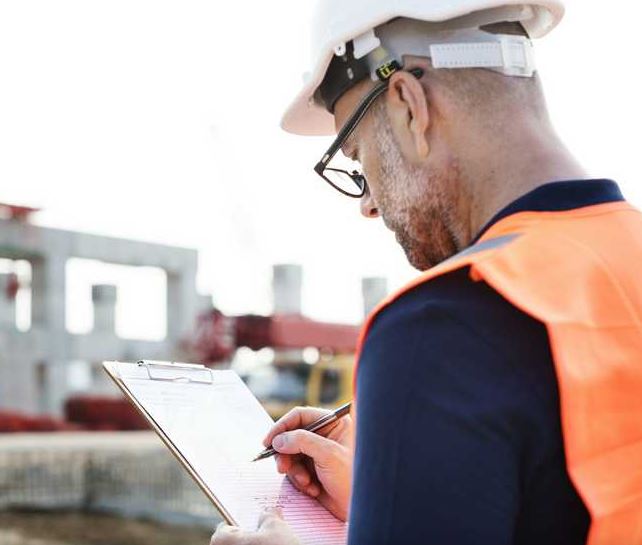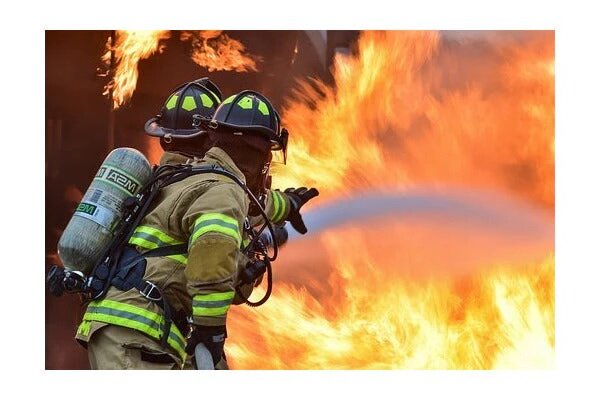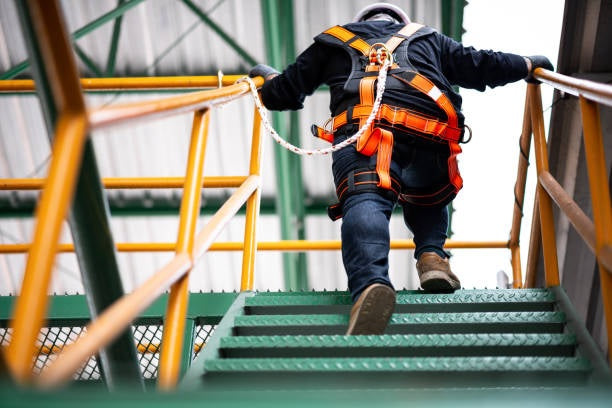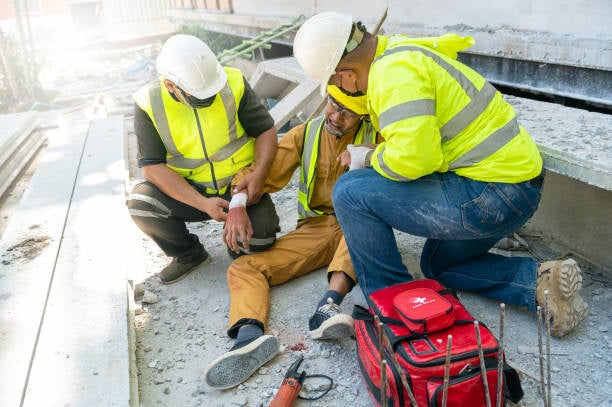One of the first things to do when planning out safety in the workplace is this: you have to evaluate every potential risk. Additionally, you have to be proactive about mitigating each risk and preventing it from happening in the future.
Risk in the workplace can be defined as a hazard that increases the likelihood of injury or harm to employees. For example, spills, leakages, and outdated equipment can all create unnecessary dangers that are hazardous to the health and safety of the workplace occupants.
In order to minimize (and ideally eliminate) risks, you should conduct regular walkthroughs of your working areas, identifying possible risks where you see them. This should be done as often as possible in order to ensure your workplace is free of hazards.
Here are a few of the major things to look for when identifying hazards in the workplace:
* Exposed or faulty wiring in the building as well as its tools, equipment, and electronics
* Improperly or unsafely stored items, such as tools, product inventory, and other supplies
* Areas of leakage, such as points of entry and pipes
* Slippery areas on the floor
* Employee observation of proper protocol for health and safety in the workplace
If you do find risks in the workplace, your next step is to create a list and document each one individually. Then, identify the severity of each risk and prioritize accordingly.














